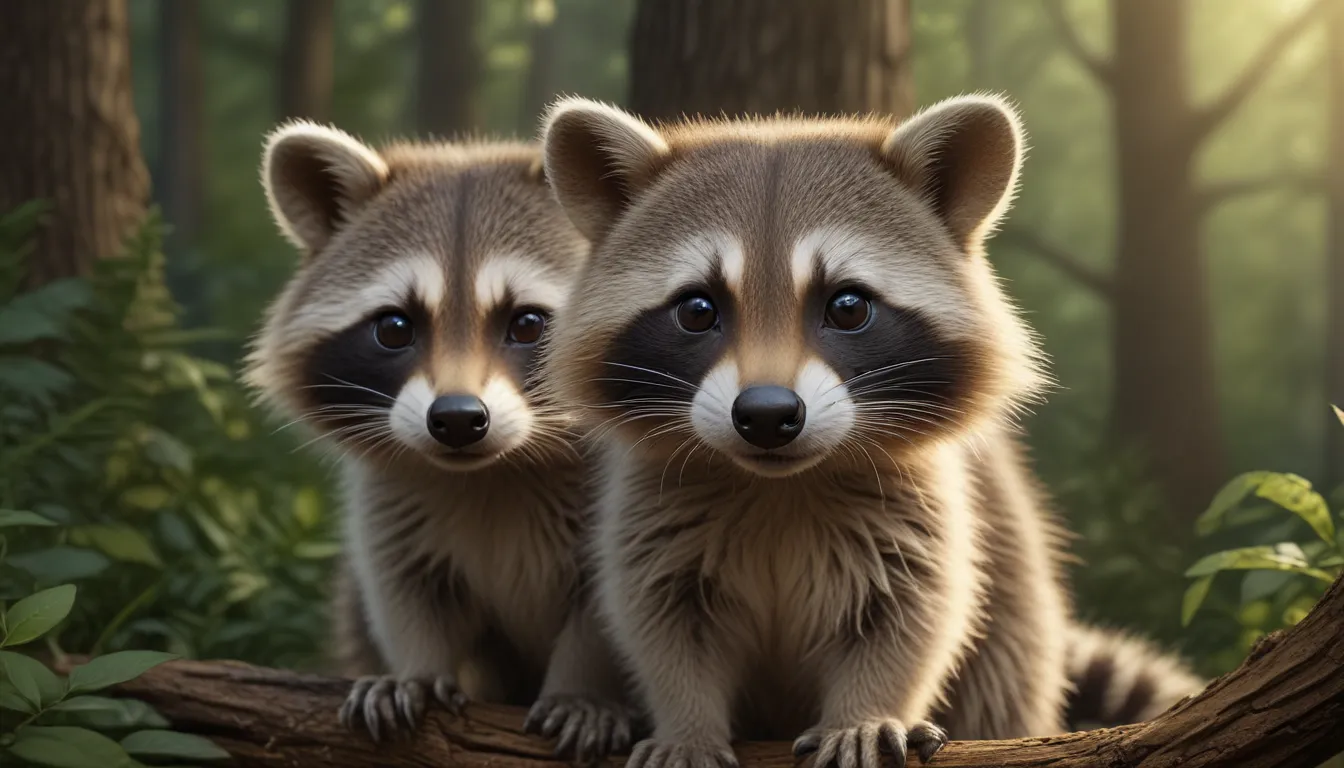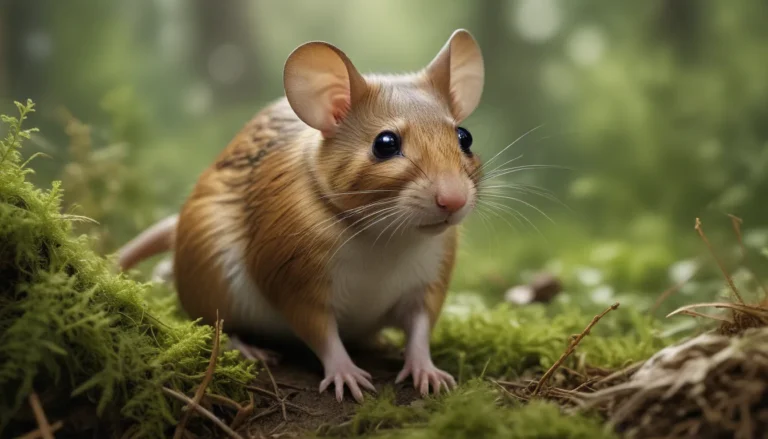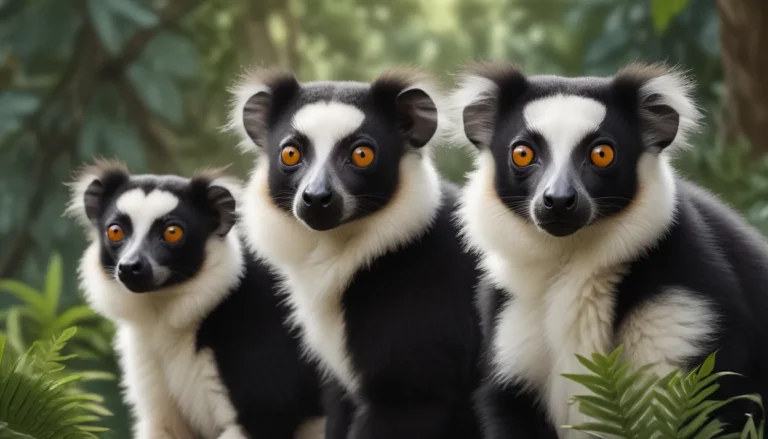The pictures we use in our articles might not show exactly what the words say. We choose these pictures to make you interested in reading more. The pictures work together with the words but don’t take their place. The words still tell you the important facts.
Raccoons are remarkable creatures that capture the imagination with their unique appearance and clever behavior. They possess a charm that appeals to both kids and adults alike. In this educational journey, we will delve into 15 fascinating raccoon facts that will spark the curiosity of young minds and provide a deeper understanding of these resourceful animals. From their adaptability to various environments to their surprising intelligence, there is so much to discover about these masked bandits. Let's embark on a captivating exploration into the world of raccoons and unravel the secrets that make them such intriguing creatures.
Exploring the World of Raccoons
- Raccoons are amazing climbers with sensitive paws, distinctive facial markings, and a diverse diet. Their intelligence and adaptability make them fascinating creatures in the animal kingdom.
- Raccoons play a vital role in the ecosystem by regulating insect populations, dispersing seeds, and influencing small mammal communities. Their unique characteristics make them captivating and essential to the natural world.
The Adaptability of Raccoons
Raccoons are known for their remarkable adaptability to diverse environments, ranging from forests to urban areas. They thrive in various habitats across North and Central America, showcasing their ability to conquer mountainous regions and coastal marshes. These resourceful animals have proven to be adaptable survivors in ever-changing landscapes.
The Climbing Skills of Raccoons
With nimble paws and sharp claws, raccoons exhibit exceptional climbing abilities. They can scale trees and vertical structures effortlessly, enabling them to access food sources and find shelter in elevated locations. Their adept climbing skills highlight their versatility in navigating different terrains to meet their basic needs.
The Omnivorous Diet of Raccoons
Raccoons have a diverse diet that includes fruits, nuts, insects, small mammals, and bird eggs. Their omnivorous nature allows them to thrive in various ecosystems, showcasing their adaptability. This dietary flexibility has propelled raccoons to success in both natural habitats and human-altered environments, demonstrating their resilience and resourcefulness.
The Sensitivity of Raccoon Paws
The front paws of raccoons are highly sensitive and dexterous, enabling them to manipulate objects with precision. This tactile ability aids them in foraging for food and exploring their surroundings with remarkable dexterity. Their sensitive paws play a crucial role in their interactions with the environment, showcasing their keen sensory capabilities.
The Enigmatic Facial Markings of Raccoons
Raccoons are easily identifiable by the dark fur surrounding their eyes, resembling a mask. This unique facial pattern has led to the endearing nickname "masked bandits." The striking contrast of their facial markings contributes to the raccoon's charismatic appearance, making them a captivating sight in their natural habitat.
The Intelligence of Raccoons
Raccoons exhibit remarkable problem-solving skills and cognitive abilities, allowing them to adapt to changing circumstances and overcome obstacles in their environment. Their intelligence is evident in their resourceful foraging techniques and their adept navigation of complex urban landscapes. This highlights their capacity for learning and adaptation.
The Nocturnal Behavior of Raccoons
Raccoons are primarily active during the night, utilizing their keen senses and nocturnal adaptations to thrive in low-light conditions. Their nighttime activities include foraging for food, seeking shelter, and engaging in social interactions with other raccoons. This nocturnal behavior aligns with their natural instincts and contributes to their survival in the wild.
The Swimming Abilities of Raccoons
Raccoons are skilled swimmers, capable of navigating various water bodies with agility and ease. Their swimming prowess allows them to access aquatic food sources and evade potential threats, showcasing their adaptability to riparian habitats and wetland environments. Their adept swimming abilities further underscore their versatility in diverse ecosystems.
The Vocalizations of Raccoons
Raccoons communicate through a range of vocalizations, such as chittering, purring, and growling. These vocal signals enable them to convey emotions, establish territories, and interact with other raccoons. Their expressive vocalizations play a pivotal role in their social interactions, contributing to the intricate communication network within raccoon communities.
The Maternal Instincts of Raccoons
Female raccoons exhibit dedicated maternal care, nurturing and protecting their young with unwavering commitment. Their nurturing behavior includes creating secure den sites, teaching essential survival skills, and providing nourishment to their offspring. The strong maternal instincts displayed by raccoons highlight their role as devoted caregivers in the animal kingdom.
The Acute Sense of Smell of Raccoons
Raccoons possess a highly developed sense of smell, allowing them to detect food sources, navigate their environment, and communicate with other raccoons through scent marking. Their olfactory acuity plays a vital role in their foraging strategies and social interactions, enhancing their ability to thrive in diverse habitats and locate essential resources.
The Social Dynamics of Raccoons
While raccoons are typically solitary animals, they engage in social interactions during mating seasons, communal denning, and territorial encounters. The balance between solitary behavior and social connections reflects the complex social dynamics within raccoon populations.
The Lifespan of Raccoons
In the wild, raccoons can live for about 2 to 3 years on average, with some individuals reaching 5 years or more. Their ability to adapt to varying environmental conditions and their resourceful foraging skills contribute to their survival in the wild. This resilience enables raccoons to thrive in diverse ecosystems and overcome environmental challenges.
The Dexterous Hands of Raccoons
Raccoons possess remarkably dexterous front paws, allowing them to manipulate objects and engage in complex tasks such as opening containers and accessing food sources. Their agile hands contribute to their foraging success and enable them to navigate human-influenced environments with remarkable adaptability, showcasing their unique physical capabilities.
The Ecological Role of Raccoons
As omnivorous scavengers, raccoons play a crucial role in regulating insect populations, dispersing seeds, and influencing the dynamics of small mammal communities. Their foraging activities contribute to maintaining ecological balance within their habitats, emphasizing their significance in the natural world.
Raccoons are captivating creatures with a remarkable ability to adapt, communicate, and thrive in diverse environments. Their unique characteristics, including their climbing prowess, omnivorous diet, and distinctive vocalizations, contribute to their captivating presence in the animal kingdom. As highly intelligent and resourceful animals, raccoons continue to intrigue and inspire curiosity, making them a compelling subject of study and admiration for wildlife enthusiasts of all ages.
Concluding Remarks
Raccoons are fascinating creatures that captivate the curiosity of kids and adults alike. With their distinctive appearance and intelligent behavior, raccoons have carved a special place in the hearts of many. By exploring these 15 raccoon facts, kids can develop a deeper connection with the natural world and gain a newfound respect for these resourceful critters. Let the wonders of raccoons spark your imagination and ignite your passion for the beauty of the animal kingdom.
FAQs
What do raccoons eat?
Raccoons are omnivores, consuming fruits, nuts, insects, small mammals, bird eggs, and even human food scraps.
Where do raccoons live?
Raccoons are adaptable creatures that can be found in forests, marshes, and urban areas, often making their dens in tree cavities, burrows, or human dwellings.
Our Commitment to Quality
At our core, we are dedicated to providing trustworthy and engaging content that enriches the knowledge and understanding of our readers. Each fact we share is contributed by real users like you, ensuring a diverse range of insights and information. Our team of editors meticulously reviews each submission to maintain the highest standards of accuracy and reliability. We invite you to trust in our commitment to quality and authenticity as you explore and learn with us.






